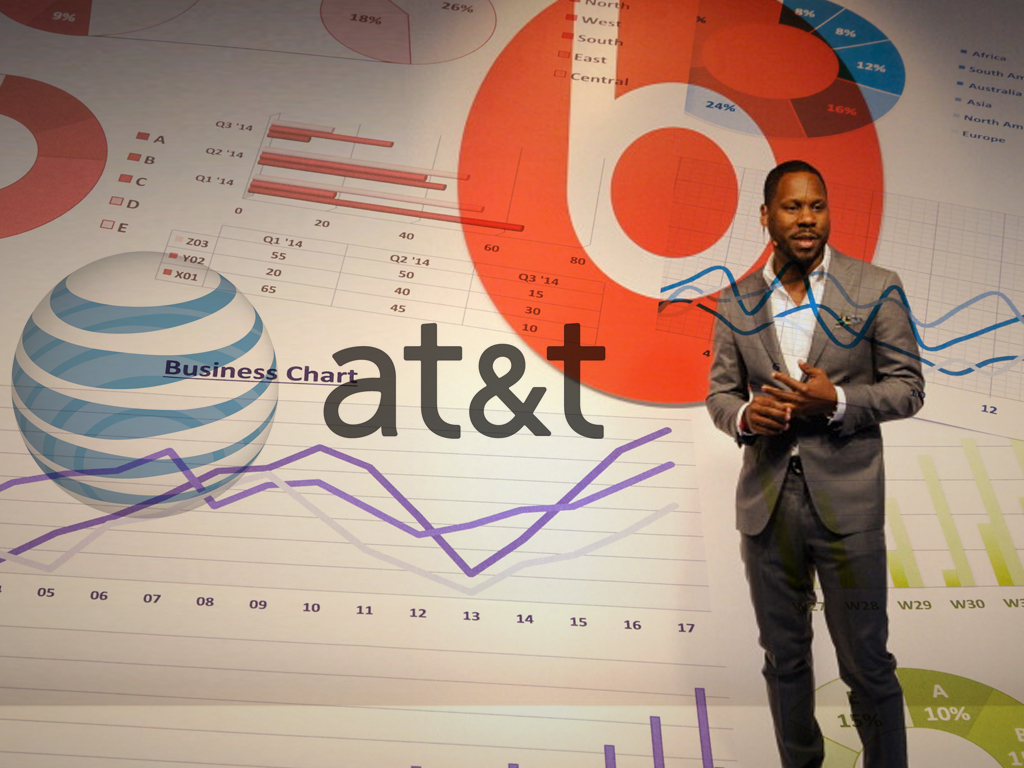Real-time advertising (RTA) has swept across the digital industry at a voracious speed. It has snagged around 28 percent of total UK display ad spend in the last year, according to the latest IAB audit. This is predicted to almost double in the next 6 months.
RTA has its strengths and limitations. Here’s what CMOs need to know about RTA.
What Is Real Time Advertising?
RTA involves bidding on inventory or ad opportunities in real time to show one ad to one person based on specific targeting criteria.
Real-time bidding (RTB) is the cornerstone of RTA. It works like an auction where ads are bought and sold in marketplaces.
To break it down, when a consumer is looking at a website and an ad space becomes available, the website owner puts this space into the ad marketplace via a Supply Side Platform (SSP). Then, a host of advertisers can bid on this space via a Demand Side Platform (DSP). Billions of these impressions are processed in milliseconds, hence the term real-time advertising.
CMO Need-To-Know Number 1: RTA is growing exponentially faster than any other advertising type and is essential addition to any media plan.
Why Is RTA Effective?
RTA is effective because it:
- Gives marketers a great opportunity to only pay for individual and highly targeted ads shown to consumers that are most likely to convert.
- Gives marketers access to an inventory pool drawn from hundreds of thousands of websites.
- Manages more data points, such as demographic data, behavioral data, first- and third-party data to make decisions in real time about which consumers to show ads to.
- Allows marketers to analyze the small differences of highly effective consumer segments and scale the most effective ones.
- Helps marketers to achieve high ROI with the best results at the lowest costs.
- Makes use of machine learning and lookalike modeling so that the technology can source customers that have not been seen yet but are likely to convert.
CMO Need-To-Know Number 2: RTA achieves a 6x higher ROI than bulk media buys where generic ads are shown to broad website audiences.
When Should You Use RTA?
RTA can be used across all stages of the funnel for brand awareness, consideration, and purchase intent.
Marketers can optimize campaigns toward a single goal (e.g., clicks or conversions), but also manage more complex goals (e.g., repeat conversions or up-selling or cross-selling). Marketing across every stage of the funnel makes it possible to juggle a dozen attribution models and gain real-time insight into which are most effective.
For top of the funnel campaigns, marketers can run contextual campaigns and relatively low cost to reach a broad audience. Mid-funnel campaigns can make use of machine learning, behavioral or third-party data to attract consumers who are likely to convert. Bottom of the funnel campaigns can use retargeting or dynamic creative optimization to convert customers who are most conversion ready.
CMO Need-To-Know Number 3: RTA can improve every stage of the marketing funnel, but it isn’t a silver bullet. Marketers should still have an understanding of their attribution models.
How Can You Get The Most From RTA?
If you’re considering buying advertising in real time, it’s important to partner with a demand platform with proprietary tech that is able to not only bid on the right inventory but also machine learn from your campaigns and source lookalikes of your customers.
Brand safety has come up as a concern for RTA because there is a much wider scope of sites in which an ad can appear on. Ensure that your demand partner restricts all inappropriate content and gives you the ability to white list favorable sites or black list sites if need be.
RTA drives down advertising costs and some demand platforms have used a black box or arbitrage pricing model to achieve ridiculous profit margins. They do this by charging a flat rate or CPM and bidding on much cheaper inventory. Marketers should always know exactly how much of their spend is going to media, tech and ad-serving costs.
CMO Need-To-Know Number 4: Not all demand-side platforms are equal. Empower yourself with bidding platforms that have proprietary technology, brand safety, and transparent itemized billing.


